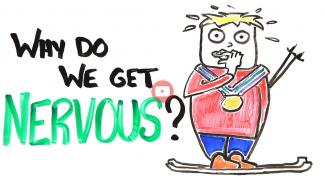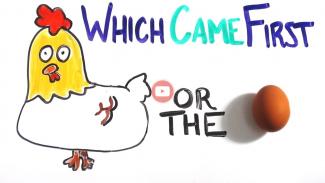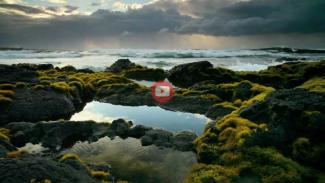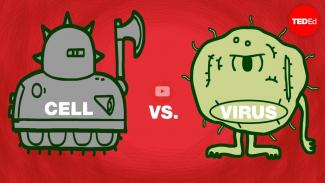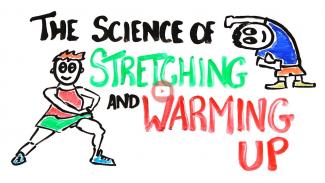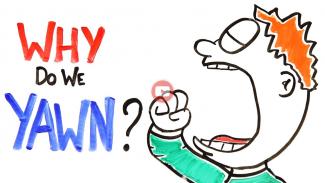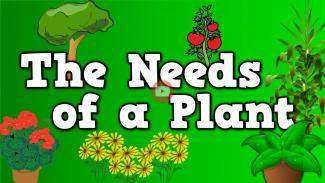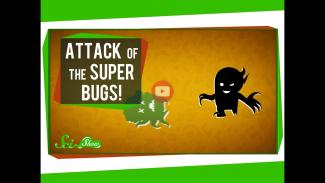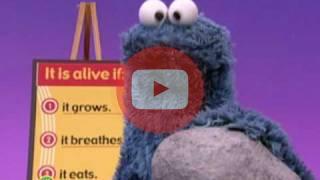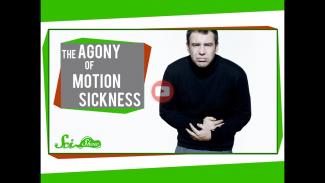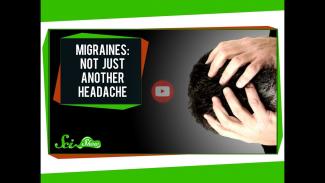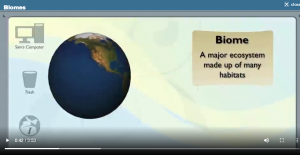This is an excellent video that discusses the 10% usage of the brain myth. The video will discuss how the brain functions and the energy required...
Biology
This video discusses how the brain makes room for more information.
This video teaches the science behind getting nervous and how it involves adrenaline.
Learn about pain and what humans create to numb it. This video explains how your brain knows when pain has occurred. It talks about rare cases...
With this video you can easily start off a class on genetics or reproduction. Simply propose the age old question, "Which came first, the chicken...
There are many misconceptions about evolution. This TEDed video discusses those misconceptions.
This is a visually appealing and dramatic video that introduces your students to the study of biomes. This is a great video to show as you get...
TEDEd created this video, which is an animation about how a cell is attacked by a virus. It is very detailed and uses language that is easy to...
If you are teaching about how predators and prey interact then this video is awesome. It shows a monitor lizard and a cobra fight and defend...
The constant battle for coaches is to get all of their athletes to warm up properly. How important is stretching to the warm up process?
Have you ever had students question, "Why do we yawn?" In this video your students will get a very quick and accurate description as to why we...
This video talks about the different types of blood types and why those are important.
Here is a cute song for those who teach Kindergarten. Your students will be able to sing along to this song about the 5 things that plants need in...
This video answers the misconception that blood is blue when it is in your veins. This video discusses the different hues of red in humans as...
This video does an incredible job of discussing how bacteria are overcoming our human-created anti-bacteria. It discusses the different ways in...
This video is great for a discussion on scientific experimentation and the power of the mind. The video describes 3 different scientific...
This is a great video fro younger students to help differentiate between living and non-living things.
What is the difference between a migraine and a regular headache? Who gets them? What are the symptoms? These are some of the questions...
This informative video debunks several common myths about the human brain. The video covers seven myths that are often taught to students,...
This educational video explains the five main parts of evolution in simple, easy-to-understand terms. The video covers population effects, non-...
In this Study Jam video, students will get a better understanding of biomes. Vocabulary that is discussed is biome, ecosystem, habitat, climate,...
Bill Nye said about the Joy of Discovery is awesome. It is the joy of discovery that makes every human being a scientist. We explore, test,...



